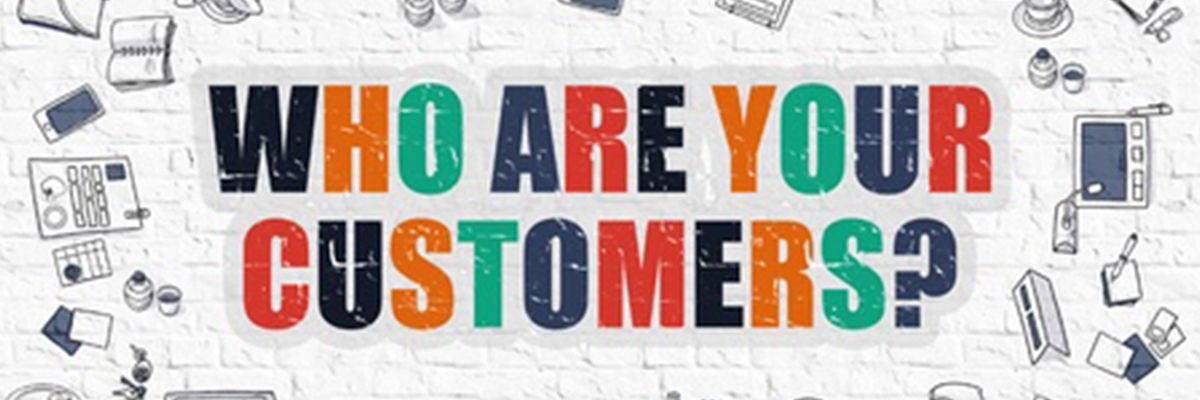Increase B2B Marketing Success by Getting to Know Your Customer Personas

Blog post By Paula Chiocchi on 2016-02-17
In a recent blog post, we covered the three main customer types that B2B marketers should be aware of when creating, targeting and sending their brand messages. But, in reality, these buyer types are just a start. To improve results, a clear understanding of customer personas is essential.
A customer (or buyer) persona is a semi-fictional representation of your ideal customer, based on real data that you’ve tracked and analyzed about your existing customers—along with research data. Persona criteria can include demographics, behavior patterns, purchase motivations and end goals. The more detailed marketers can get in developing their personas the better, even to the point of creating an actual visual representation of the ideal customer, complete with a name, history and story behind their motivations.
Before crafting any campaigns or messaging, B2B marketers will benefit from going through the exercise of researching and knowing their own specific buyer personas. Doing this can bring quantifiable results:
- According to the “2016 Benchmark Study on Understanding B2B Buyers,” B2B companies that use and formally document personas are twice as likely to exceed lead and revenue goals as those that don't.
- Additionally, companies that exceed their lead and revenue goals are 7.4 times as likely to have updated their personas in the prior six months as the companies that missed those targets. Consider this: 93.8% of these top performers segment their database by persona. These high-performing companies are 2.3 times more likely to research buyers' drivers and motivations and 3.8 more likely to have an internal person accountable for personas than other companies in the study.
- Of the high performers surveyed, most cite messaging as their primary use for personas, at 58.8%; sales training rounds out their top three use cases (tied with demand gen at 52.9%).
These results seem intuitive in this age of highly focused marketing messages (e.g. “marketing to one”), where “mass marketing” is passé, and a missed message—one that doesn’t address the buyer’s points of pain—will produce little results (or even backfire).
Get Started
It can’t be emphasized enough that for personas to be truly useful, they must be based on insight gathered directly from the buyers themselves, along with salespeople and other customer-facing employees. Beyond demographics, what should be included in your research? Here are a few ideas:
- Buyer priorities and motivations
- Purchase decision criteria
- Purchase behavior patterns and stages of the buying journey
- Buyer end goal
- Buyer success factors
- Perceived barriers to purchase and adoption
- Company size and industry
- Buyer title/role in organization
Understanding customer personas helps marketers visualize who is receiving their message, understand their motivations (and how their solutions solve problems) and ask better questions. What’s more, it puts the marketer in the customers’ shoes, setting the stage for better, more targeted messages that pave the way to improved customer retention and acquisition.
The result is a win for the business and a win for the customer, and what’s not to like about that?
###
Make sure your email marketing is on point with your buyer personas in 2016. Consider giving BizFACTZ B2B marketing data a try. BizFACTZ allows you to reach targeted contacts with precision and accuracy. Click here to register on our site and, after placing your order, use the offer code “INTRO” at checkout to receive a 20% discount on your first purchase.
Image Copyright: tashatuvango / 123RF Stock Photo
DOWNLOAD YOUR FREE ebook
At OMI, we believe good things happen when you share your knowledge. That's why we're proud to educate marketers at every level - in every size and type of organization - about the basics of email marketing and the contact data that powers it.
-
The Executive's 15-Minute Guide to Building a Successful Email Marketing Database
-
A 15-Minute Guide to Fortune 2,000 Businesses and Executives
-
Five Best Practices for Using Email Marketing to Target SMBs



